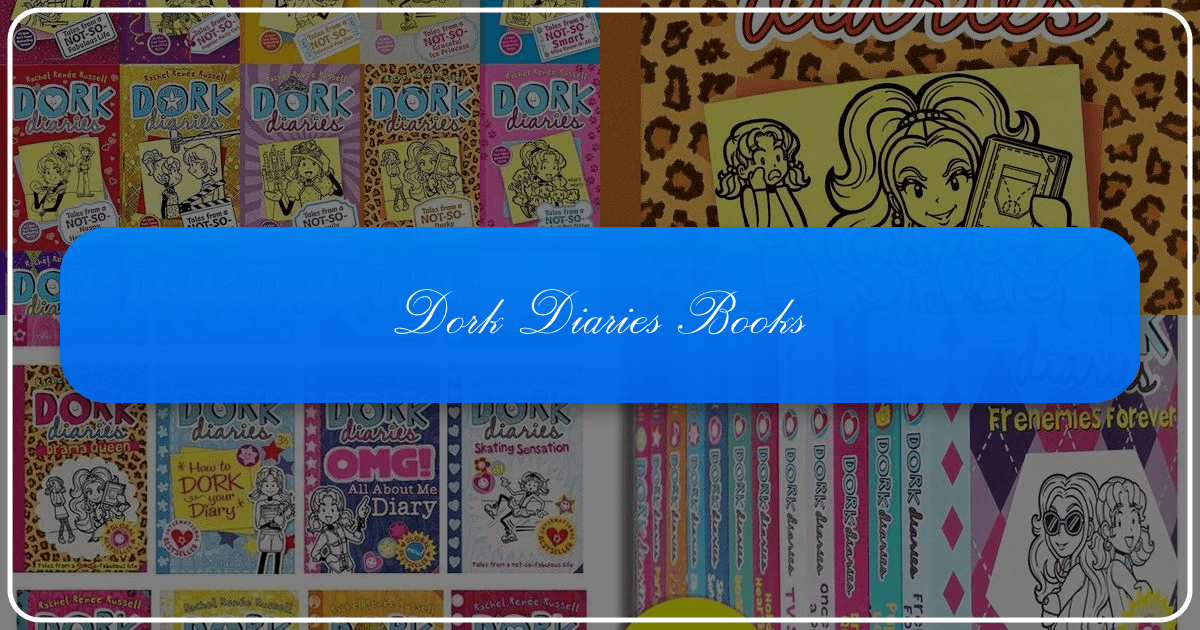John Green’s The Fault in Our Stars transcends the typical young adult novel; it’s a poignant exploration of life, love, and loss that resonates deeply with readers of all ages. This exploration delves into the multifaceted themes of the book, examining its literary merit, cultural impact, and the life lessons it imparts, aligning with various key topics: Books, Authors, Reading and Learning, Libraries, and Cultural Impact.
The Book: A Genre-Defining Work of Contemporary Fiction
The Fault in Our Stars is firmly categorized within the Young Adult (YA) fiction genre, specifically contemporary fiction. However, its universal themes and mature exploration of complex emotions have led to significant crossover appeal among adult readers. The novel’s unique blend of humor, tragedy, and philosophical depth sets it apart from other YA narratives. It avoids simplistic portrayals of terminal illness, instead offering a nuanced and realistic portrayal of the emotional rollercoaster experienced by both the characters and their loved ones. The book’s success lies in its ability to tackle heavy themes with sensitivity and wit, never shying away from the harsh realities of life while maintaining a captivating narrative. Its exploration of the complexities of relationships, the search for meaning in the face of mortality, and the power of human connection establishes The Fault in Our Stars as a landmark title in contemporary YA literature. The book’s accessibility and engaging prose make it appealing to a broad readership, ensuring its continued relevance and popularity. Its success extends beyond its literary merit, achieving significant bestseller status and garnering widespread critical acclaim.





